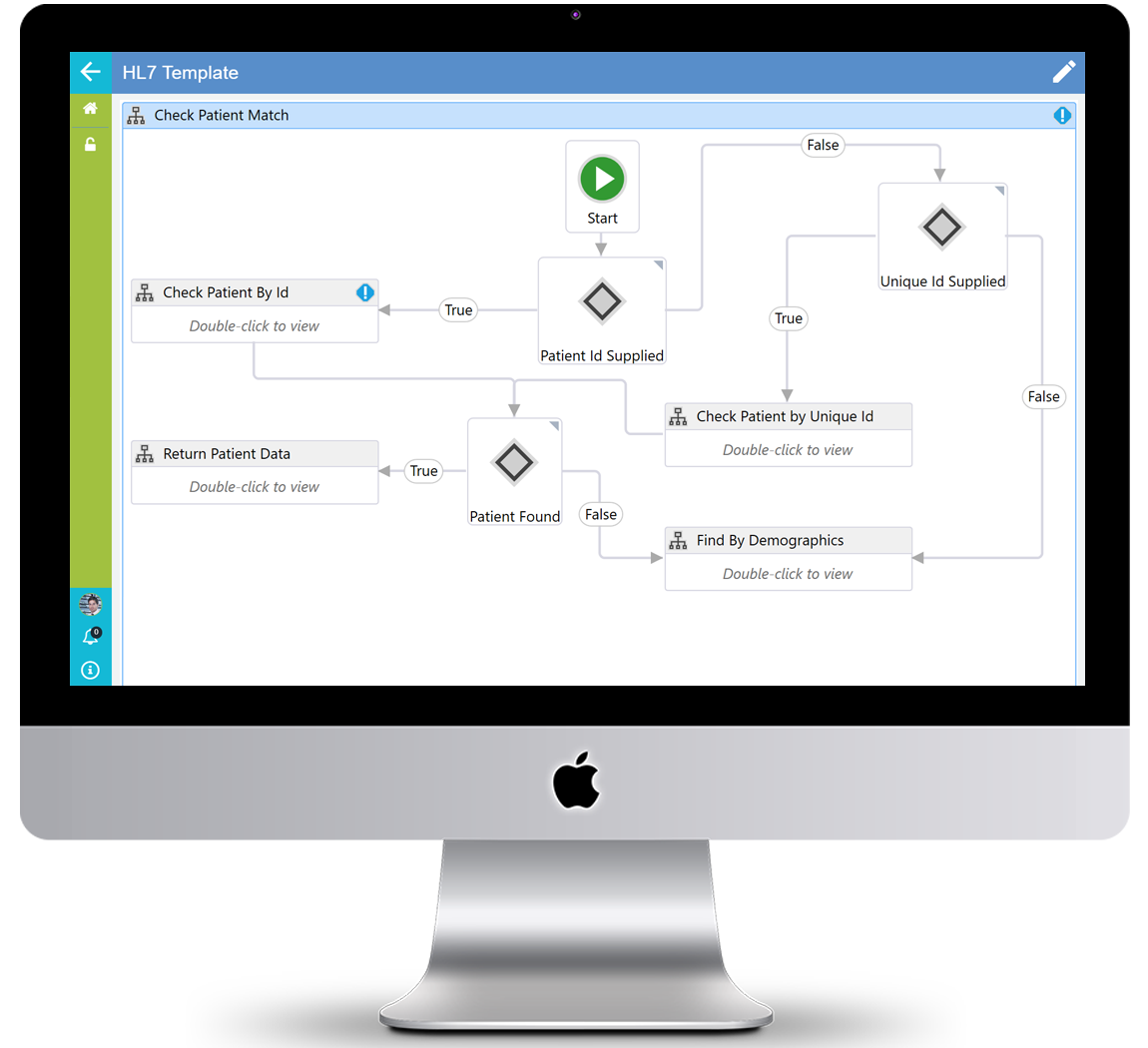imagePROFILE Feature
Seamless LIS & Systems Integration
LIMS & SYSTEMS INTEGRATION
From the outset, imagePROFILE was designed to be closely integrated with other laboratory systems, so that laboratory users are provided with a single point of access to all the information that they require to perform their job.
There are numerous LIS systems in the marketplace, each of which may use different underlying technology and certainly different user interfaces. Regardless of its technology platform or interface design, imagePROFILE can be integrated to provide one-touch or no-touch integration for users.
With more than thirty years of laboratory systems experience, we can quickly identify and implement the best and most cost-effective integration methods to suit your requirements.


FLEXIBLE INTEGRATION METHODS
imagePROFILE has been designed to support:
- Server-side integration, where information can be exchanged, and systems processing can be invoked without interaction with a user.
- Client-side integration, where the integration between the LIS and imagePROFILE is done at the user interface.
Both types of integration can be used to support enterprise-wide laboratory processes implemented to deliver productivity improvements – the type of integration method used is determined by the functionality to be achieved, the capability of the LIS system, and which method offers the most effective solution.
Whether your LIS client interface is browser-based, has a graphical user interface (GUI), or uses simple “Green Screen” technology, imagePROFILE can be quickly integrated to provide your lab users with a single point of access for all laboratory information drawn from either your LIS or imagePROFILE. Lab users will have the complete picture at each step of the laboratory analytical process.
INTEGRATION TOOLKIT
imagePROFILE is modular by design, and each module may incorporate “plug ins” that implement functionality that is specific to each client implementation.
A plug in may be used to provide integration with other systems using the imagePROFILE Integration Toolkit (iPIT). In addition, common client modules such as Enquiry and HUDE include open integration methods that have been implemented using standard iPIT methods.
The iPIT includes a comprehensive Application Program Interface (API). This API set comprises numerous program accessible interfaces that may be used by a developer to call or expose functionality available in imagePROFILE modules. Tightly coupled integration can be achieved using the API kit. The API kit also includes imagePROFILE controls that can be used to embed imagePROFILE functionality into applications. For example, to present a single screen that displays the image as well as the LIS data.


SCREEN-LEVEL INTEGRATION
Screen level integration methods require no programming – the connection to the LIS screen is specified via settings that define how the connection is to be made and the format of the information to be used for connection.
This simple method connects the LIS client with imagePROFILE Enquiry so that a user may access imagePROFILE documents directly from their LIS screen, generally using a Hot Key, and can be implemented for "green screen", GUI and browser-based systems.
DOCUMENT & DATA EXCHANGE
imagePROFILE supports bi-directional exchange of information. imagePROFILE implements services that allow docments to be imported using facsimile (FAX), eMail (SMTP/POP/IMAP) and DocPickup, allowing custom documents to be received and registered.
imagePROFILE is also fully integrated with crossTORQ, allowing documents and data to be exchanged using healthcare standards such as HL7, XDS.b, FHIR and ASTM.
The imagePROFILE Virtual Document Server (iPVDS) enables received data to be transformed into formatted documents that can be accessed and displayed by users, or provided to external heathcare providers in a consumable format.
